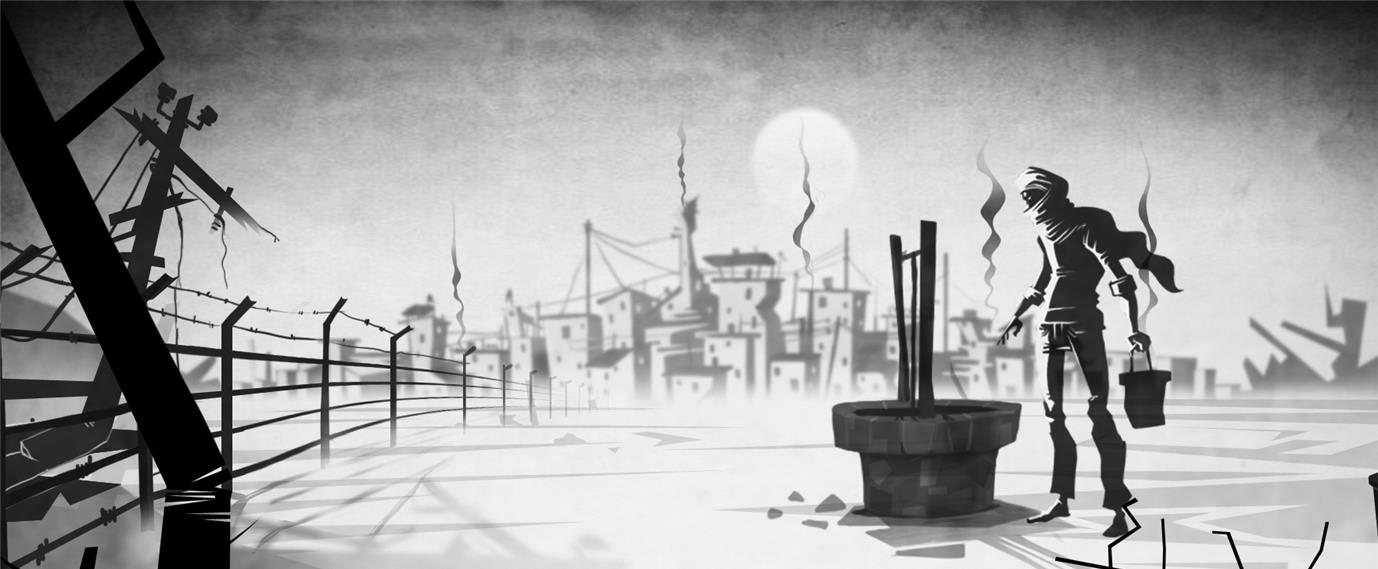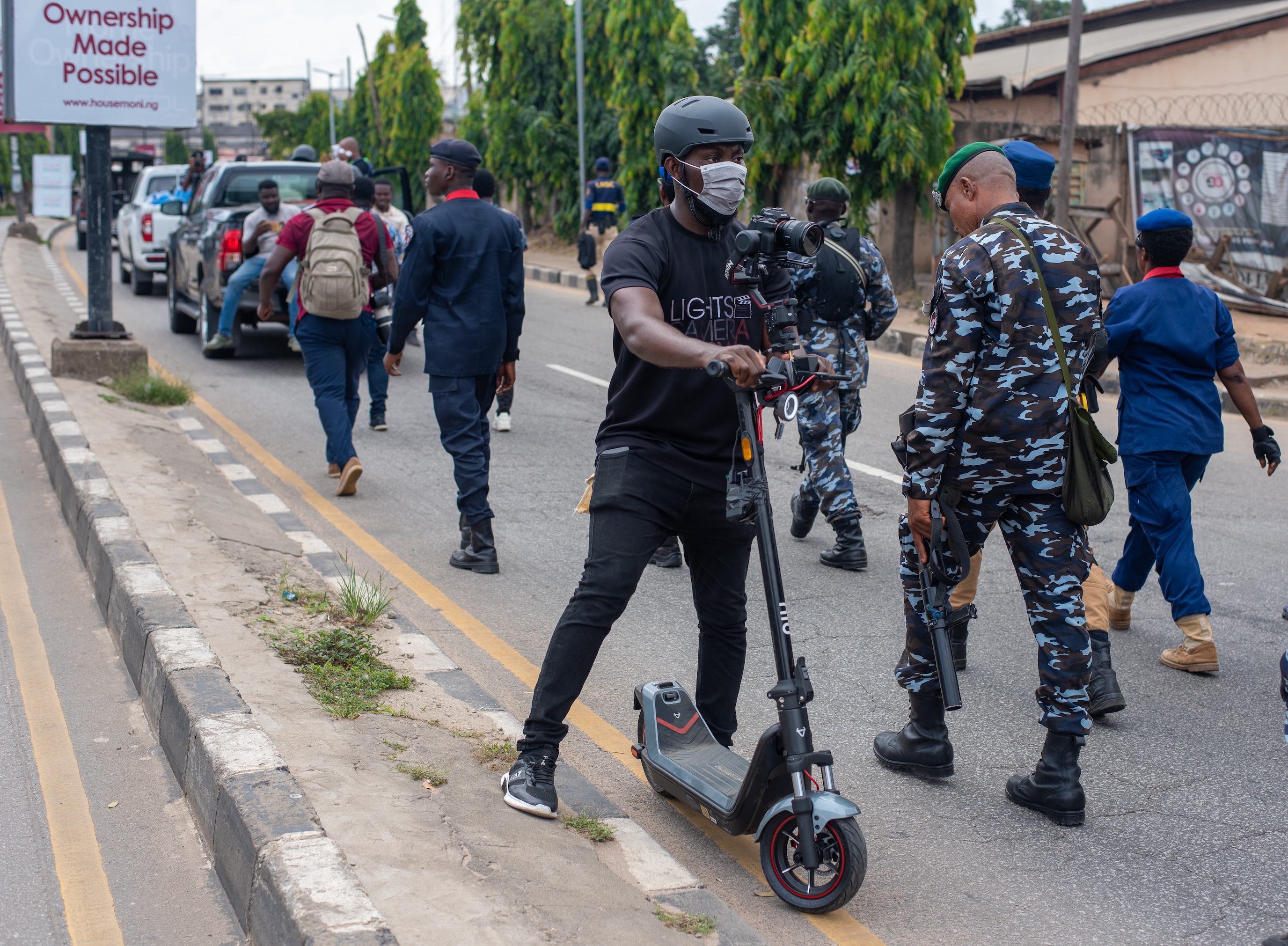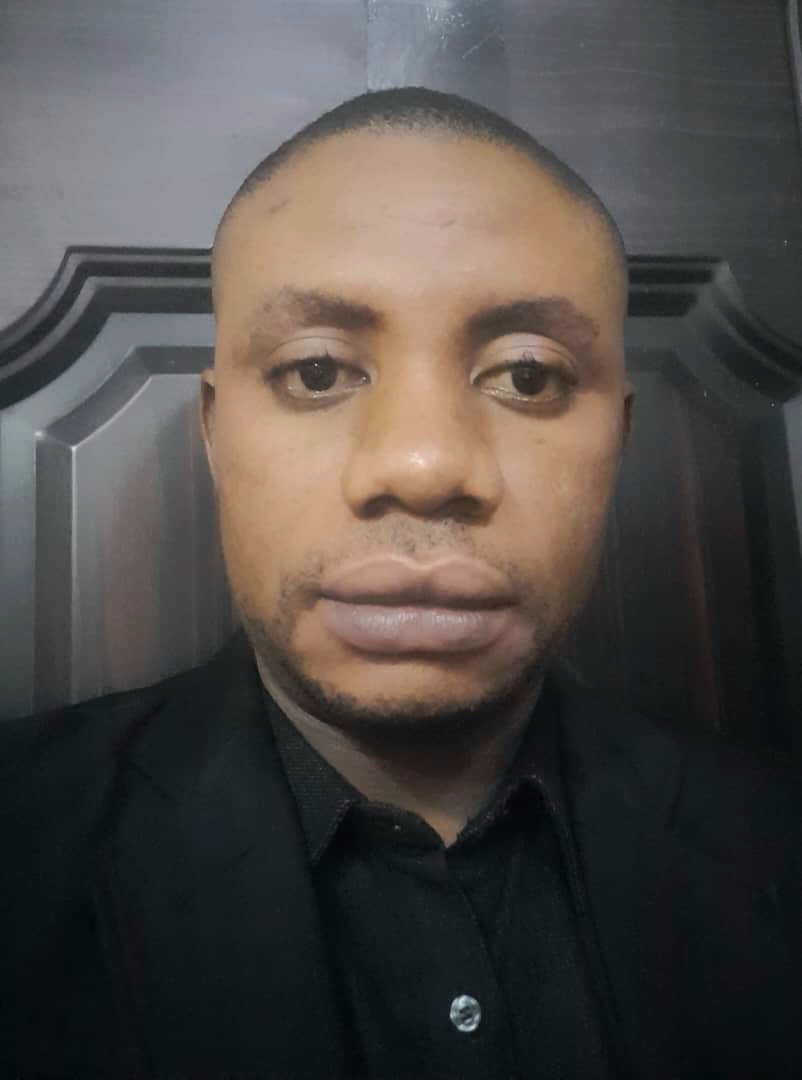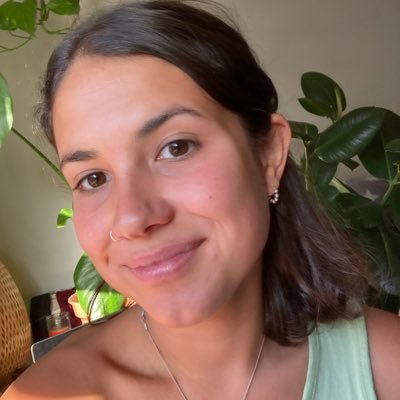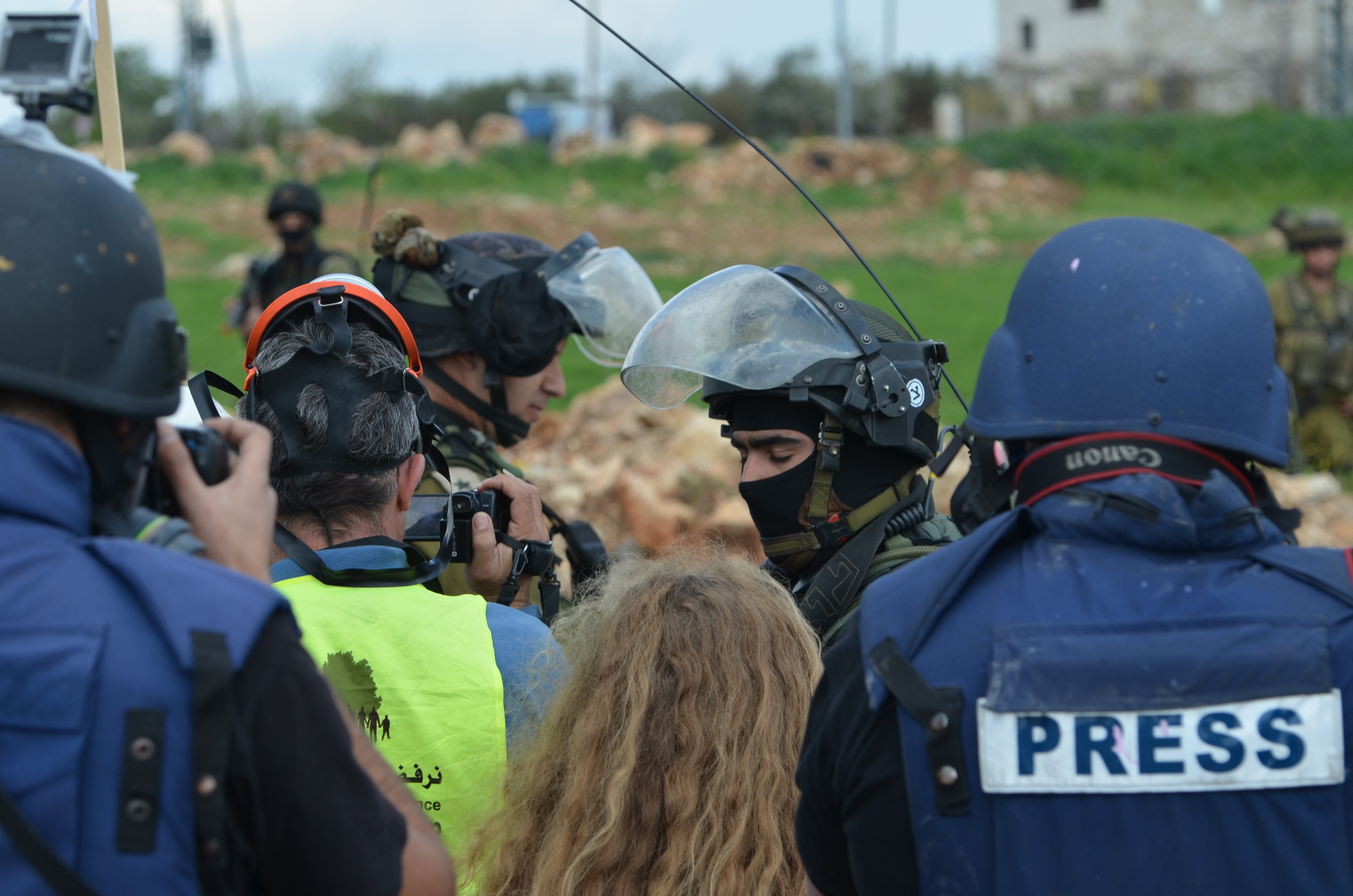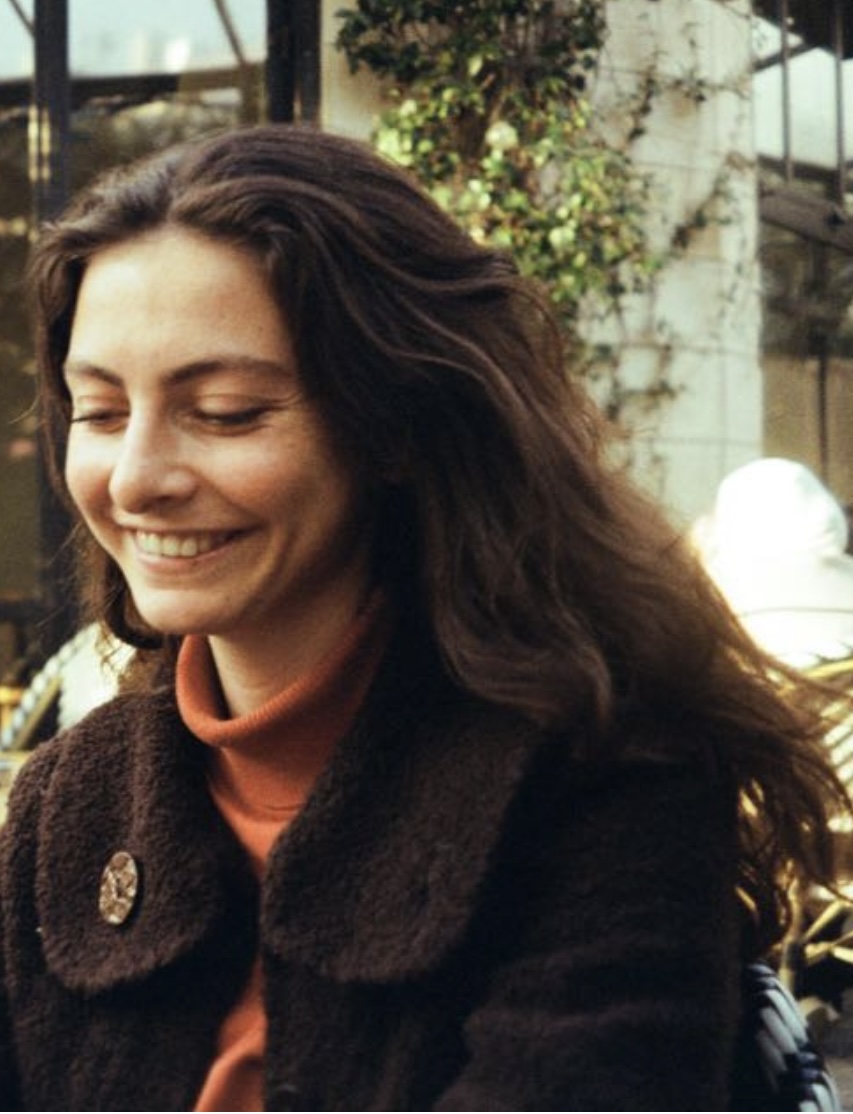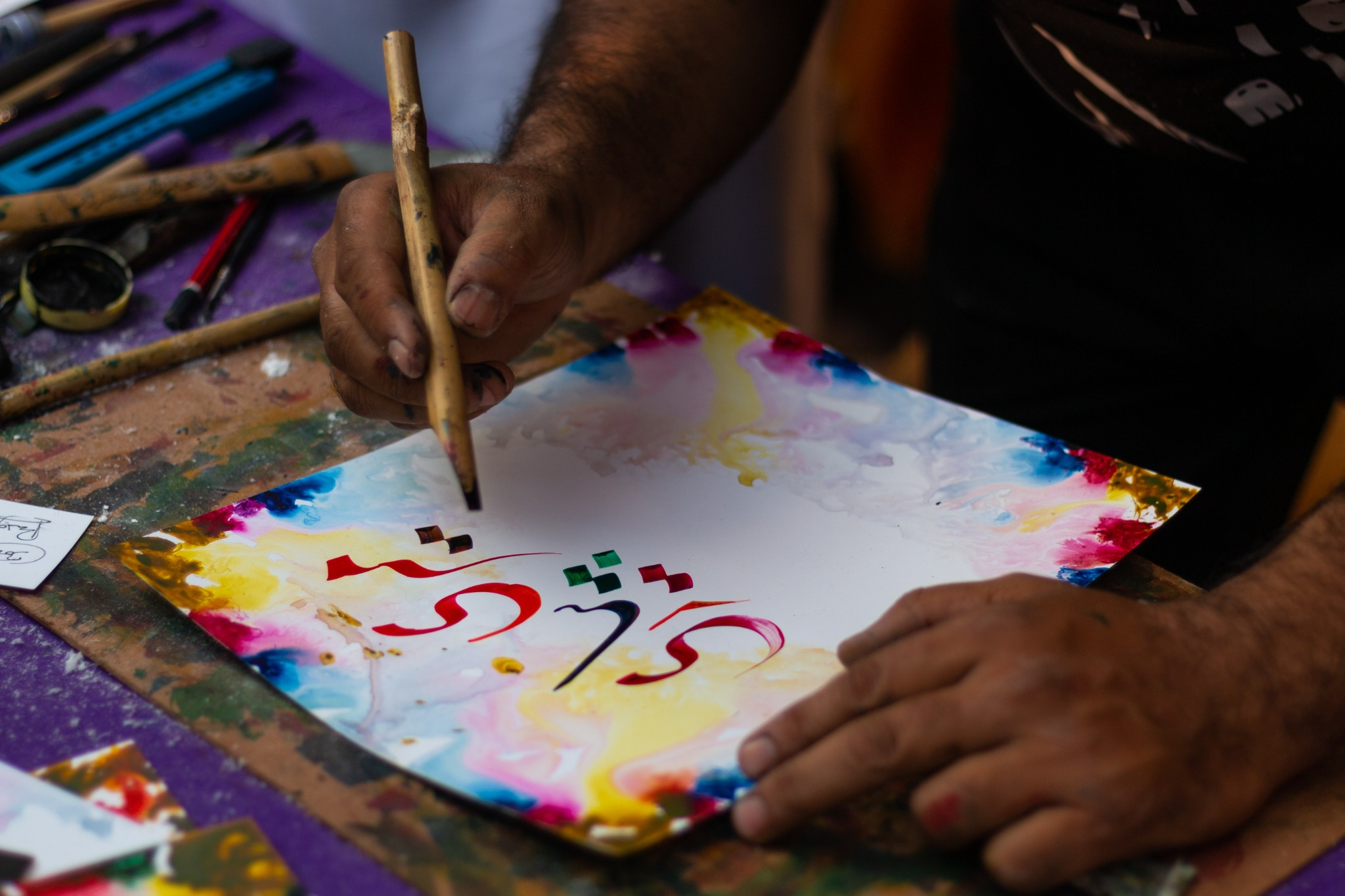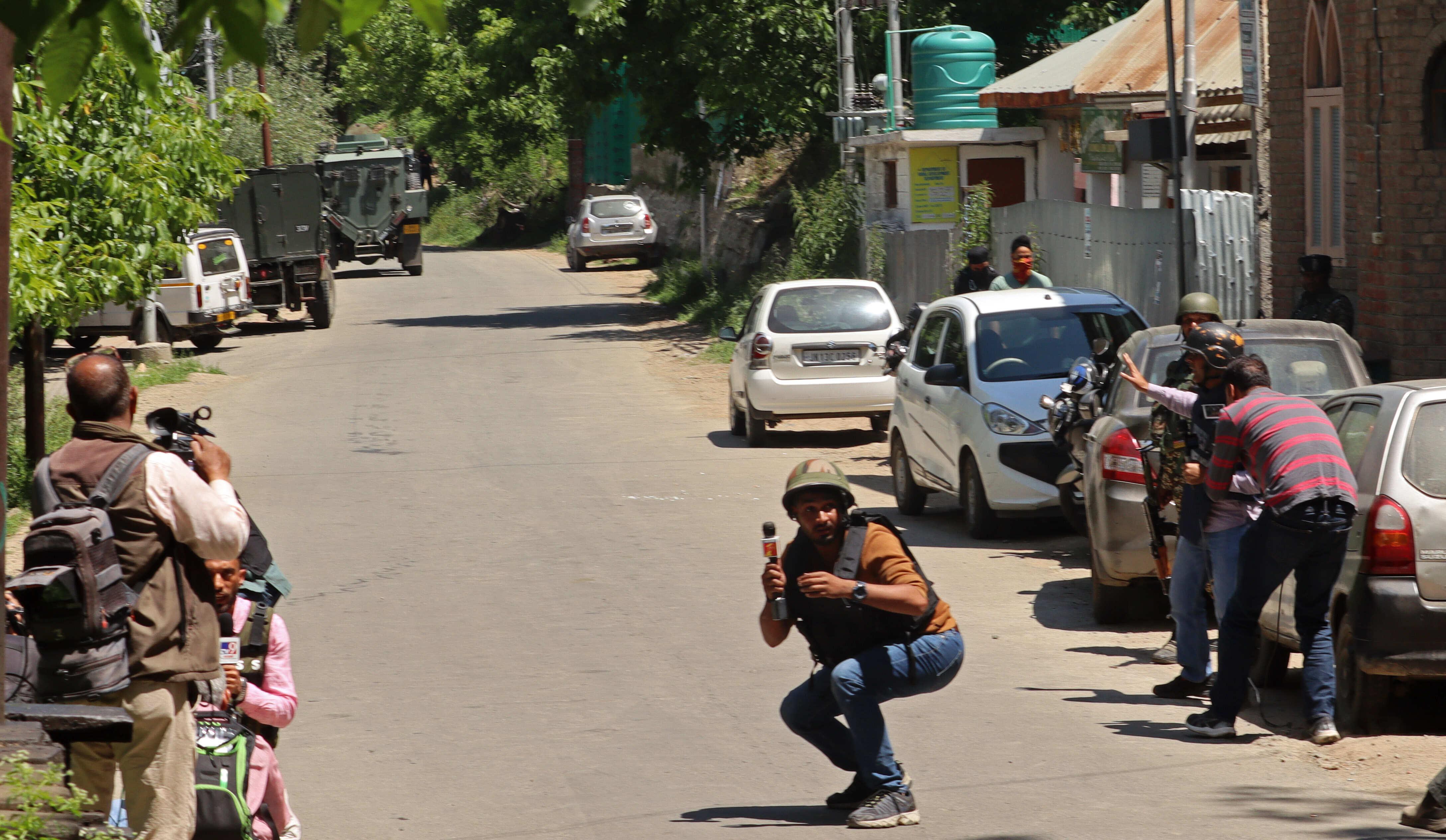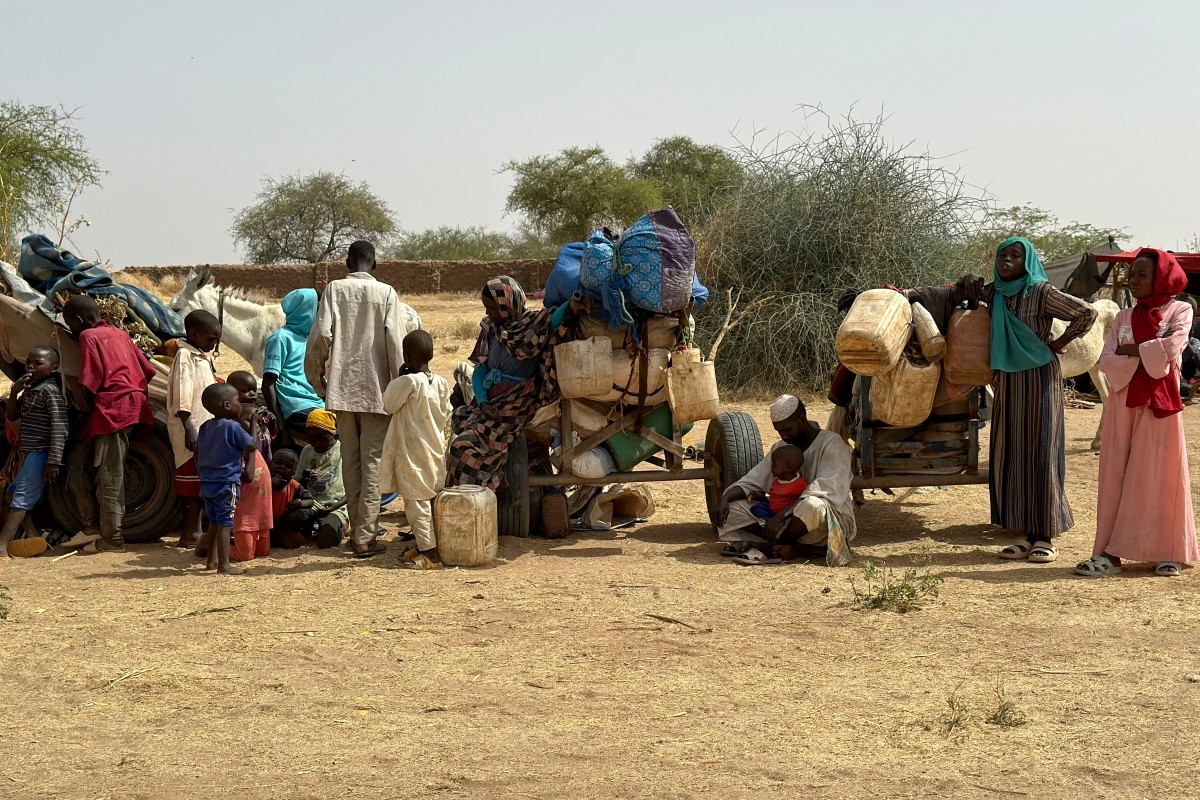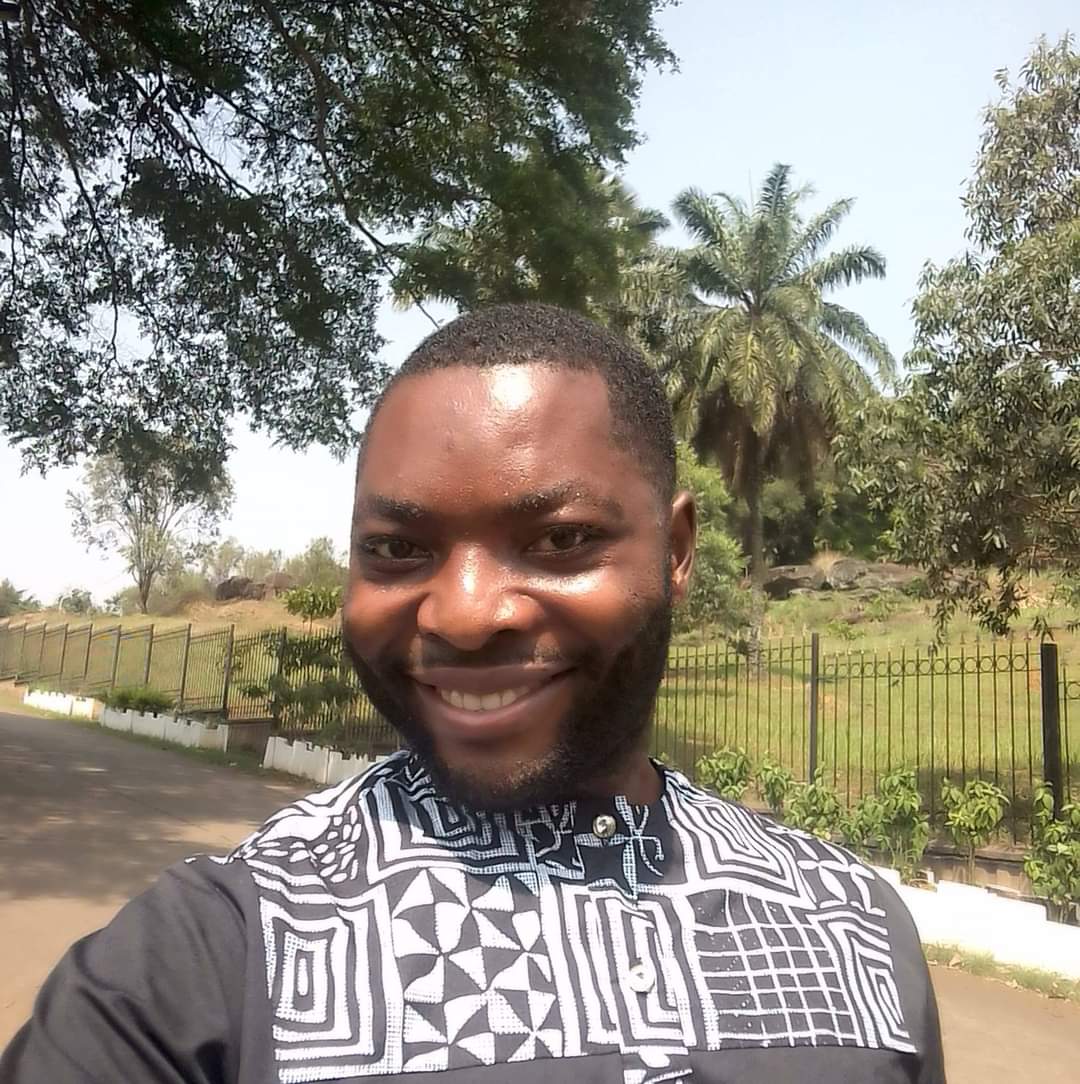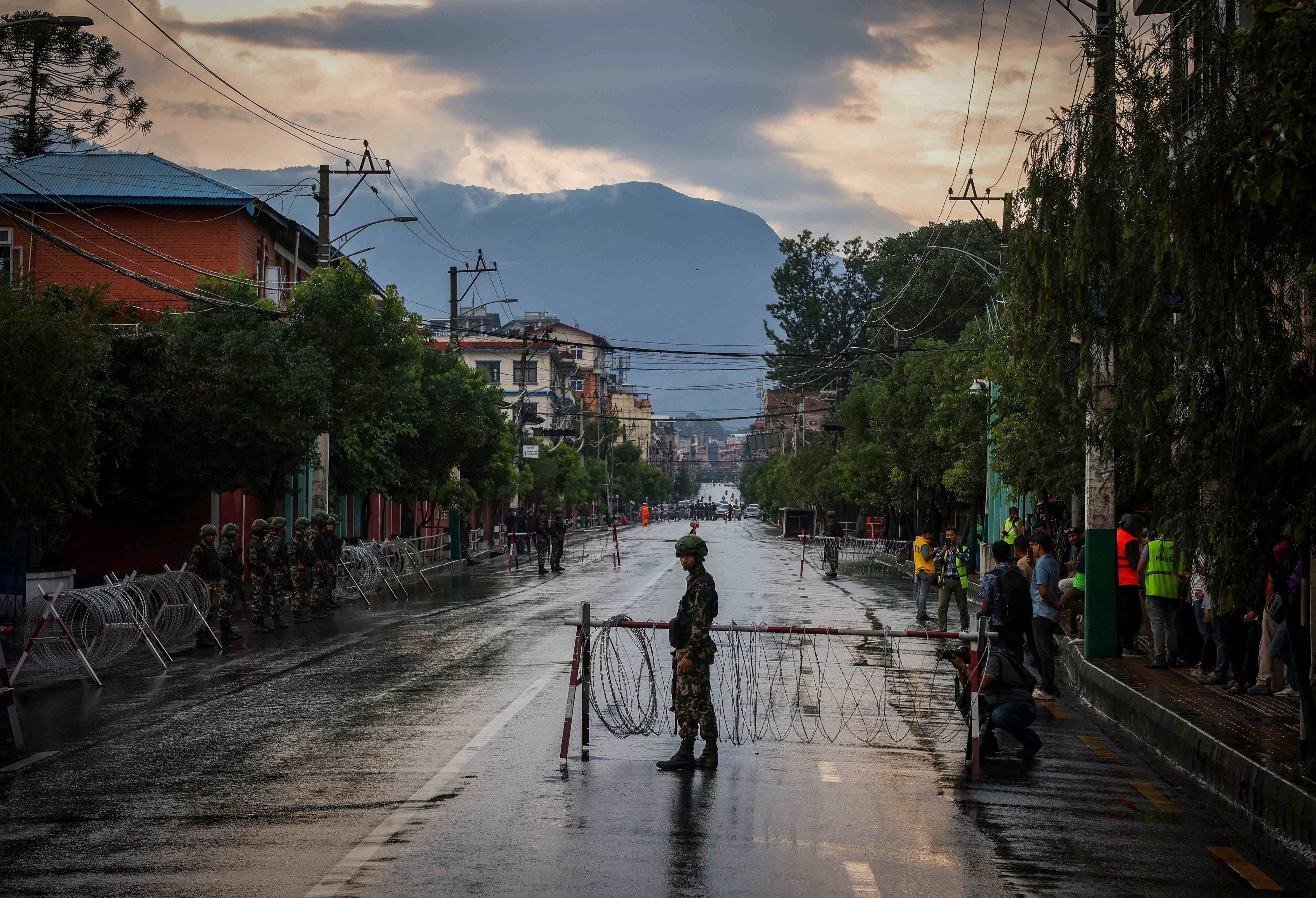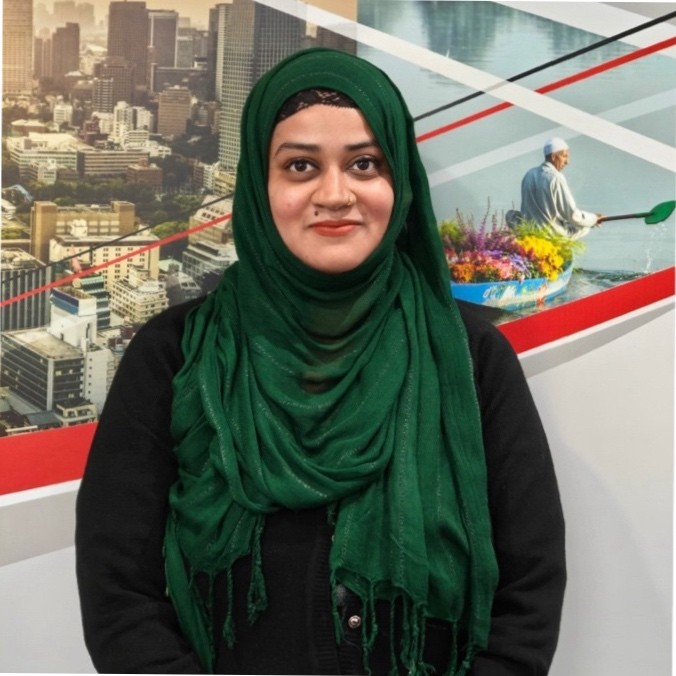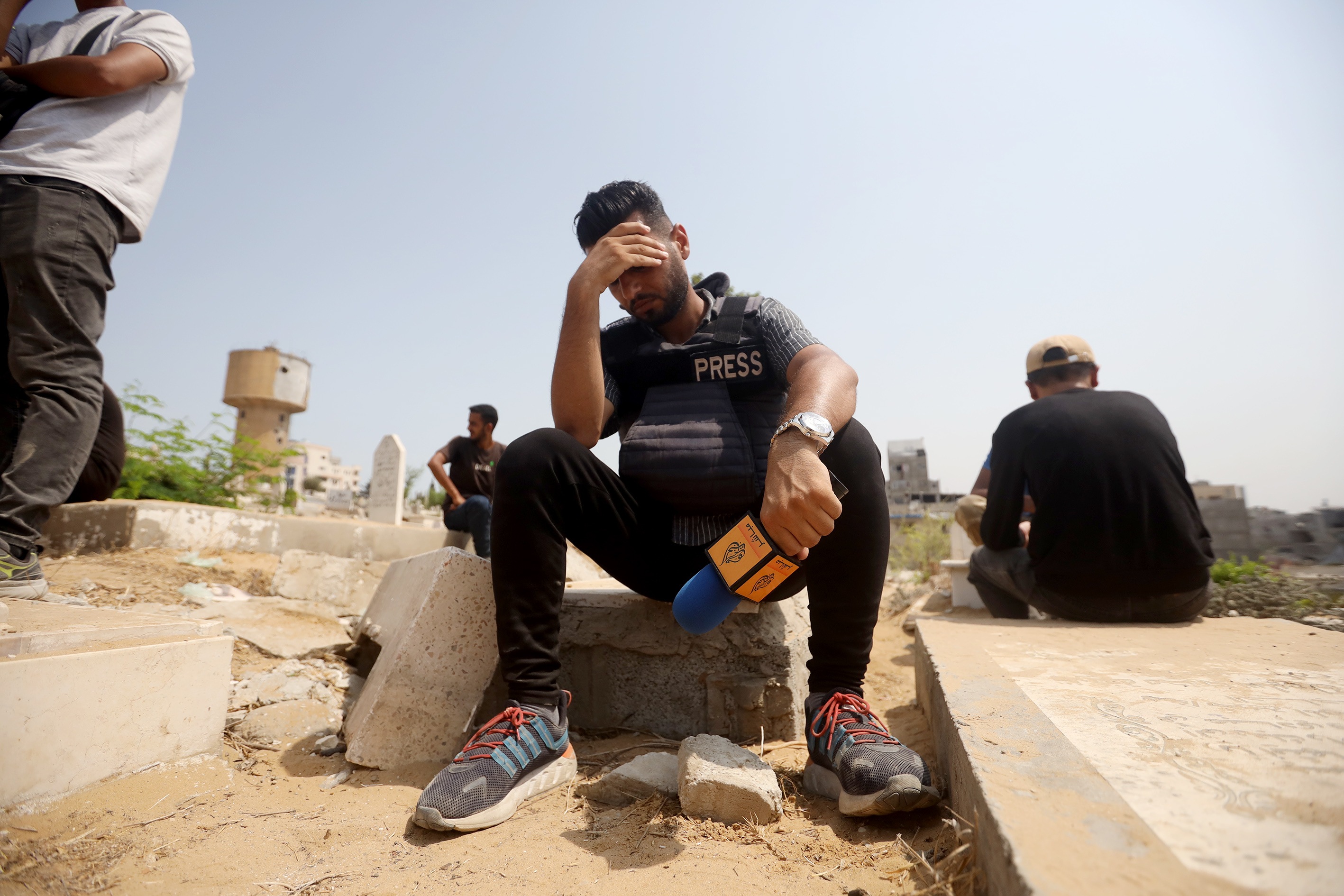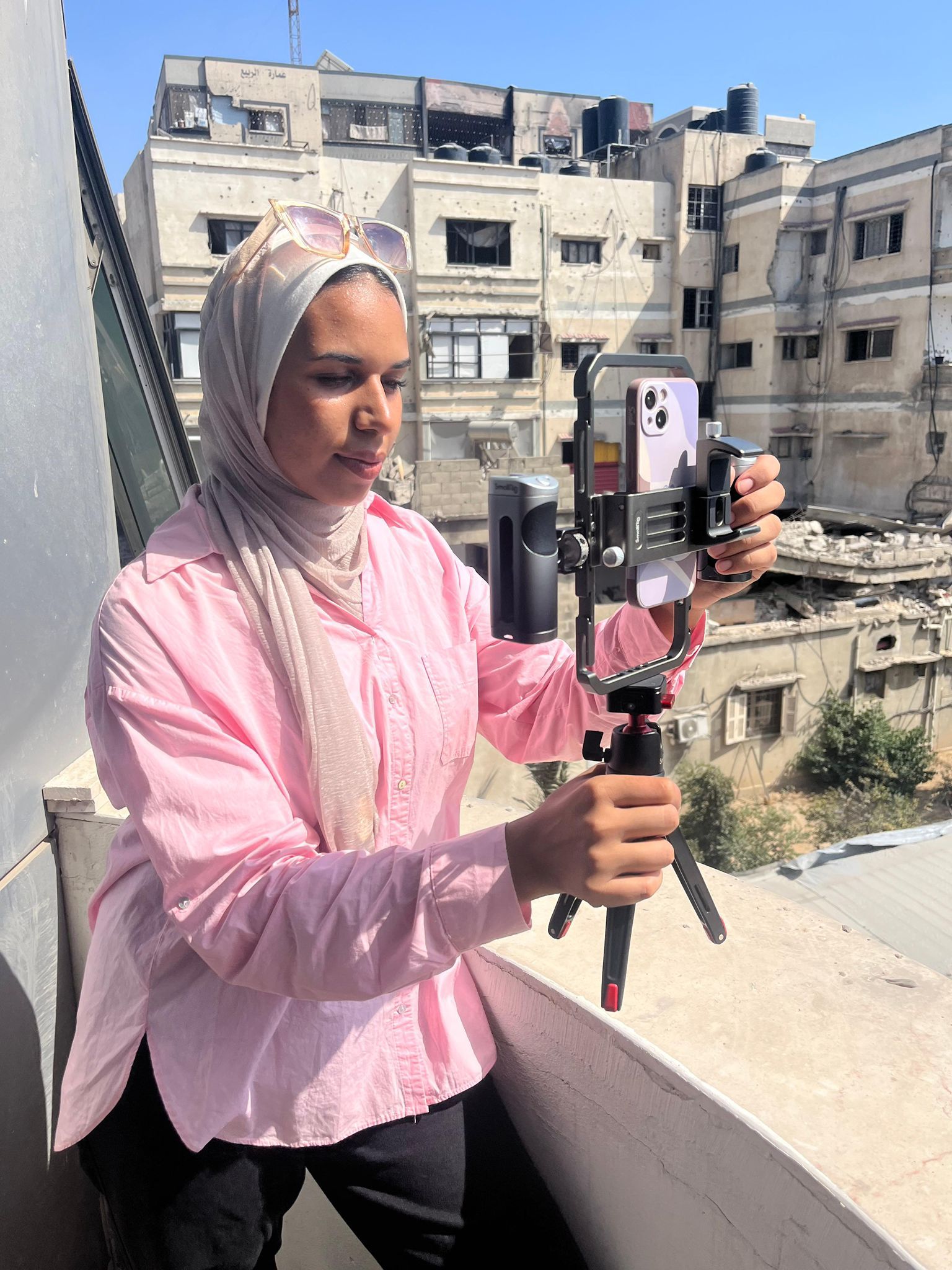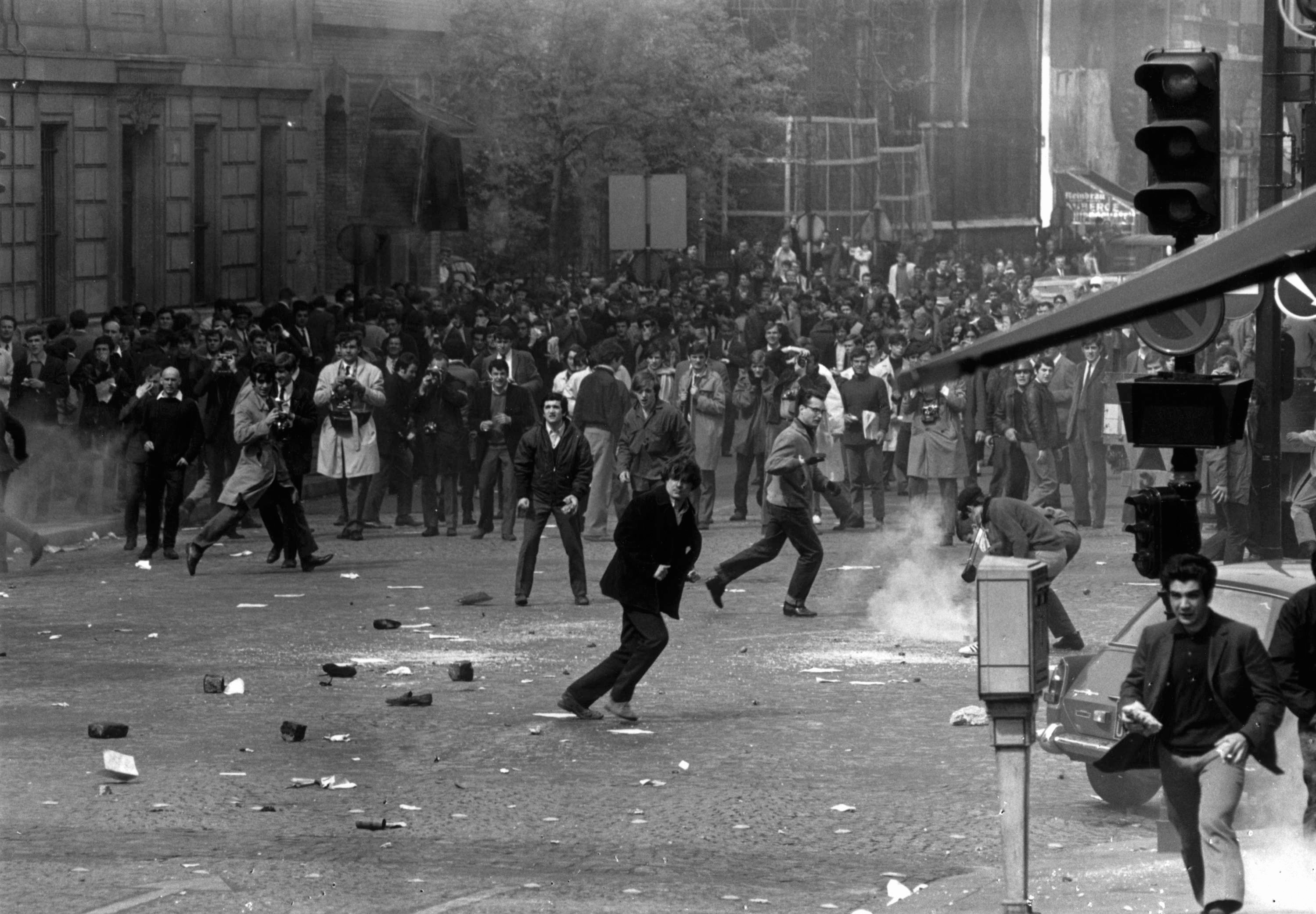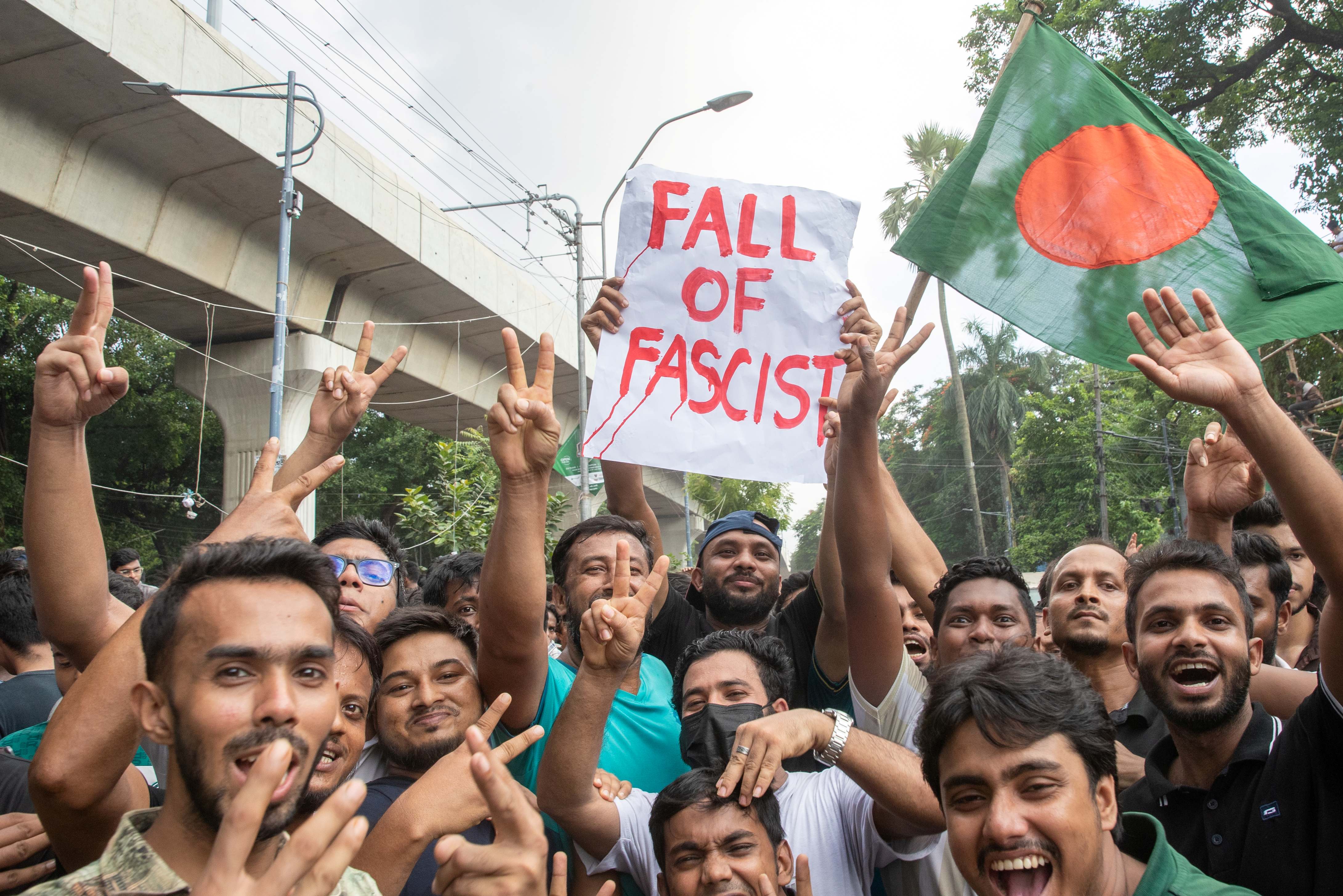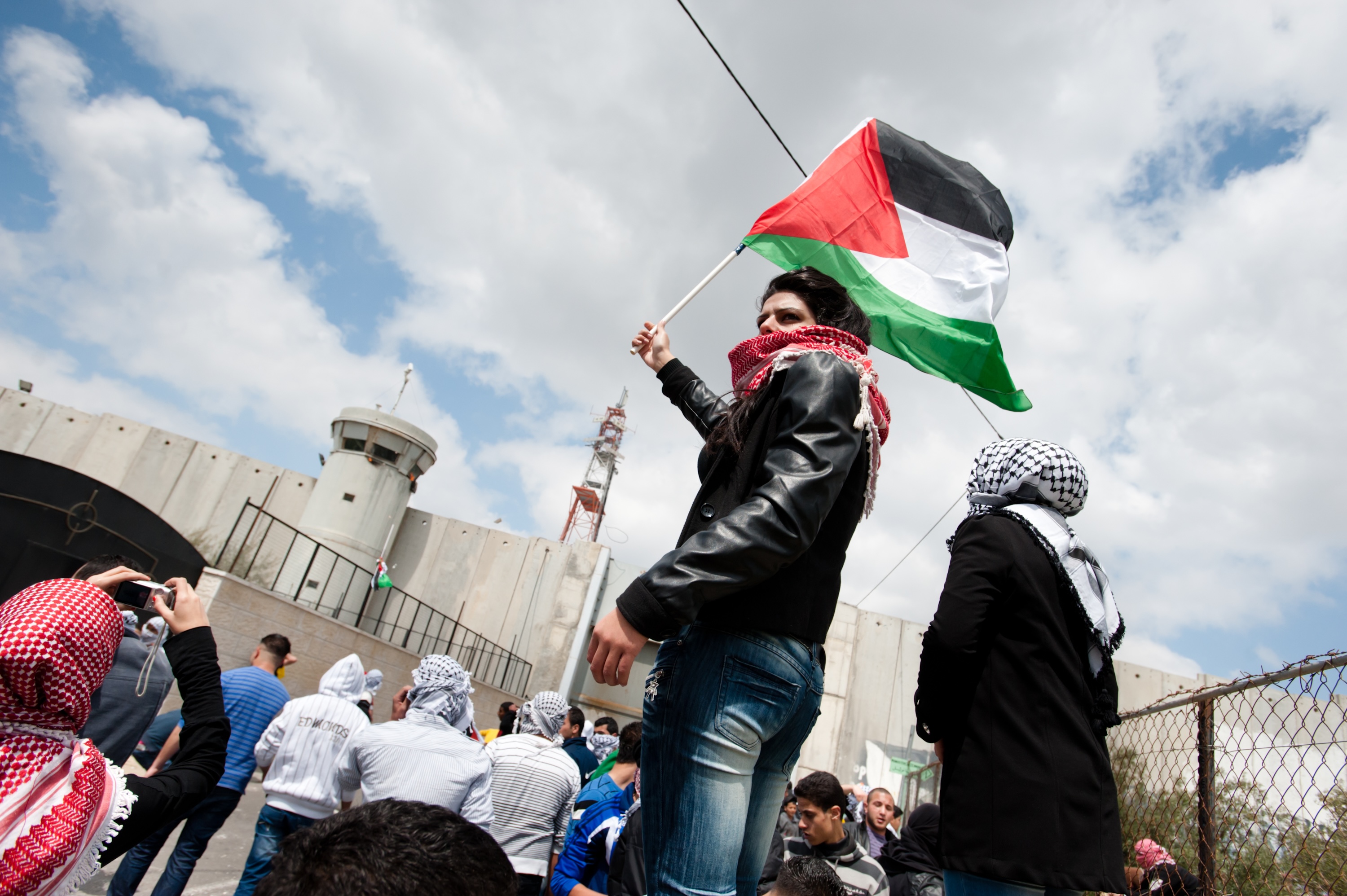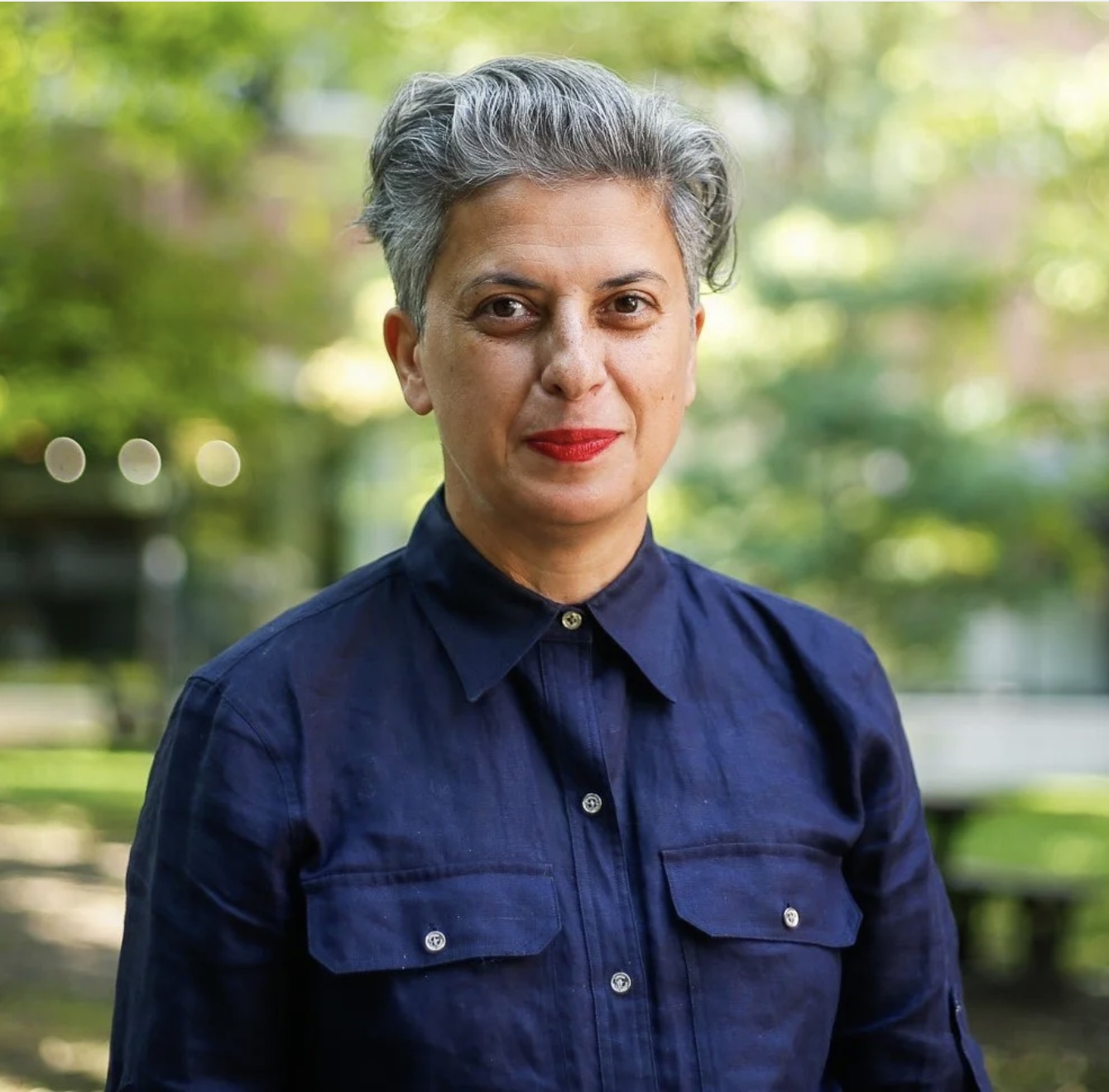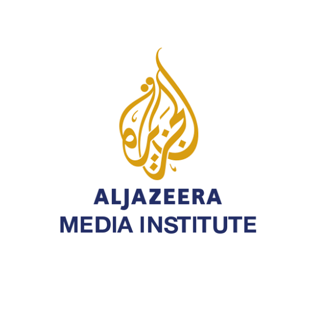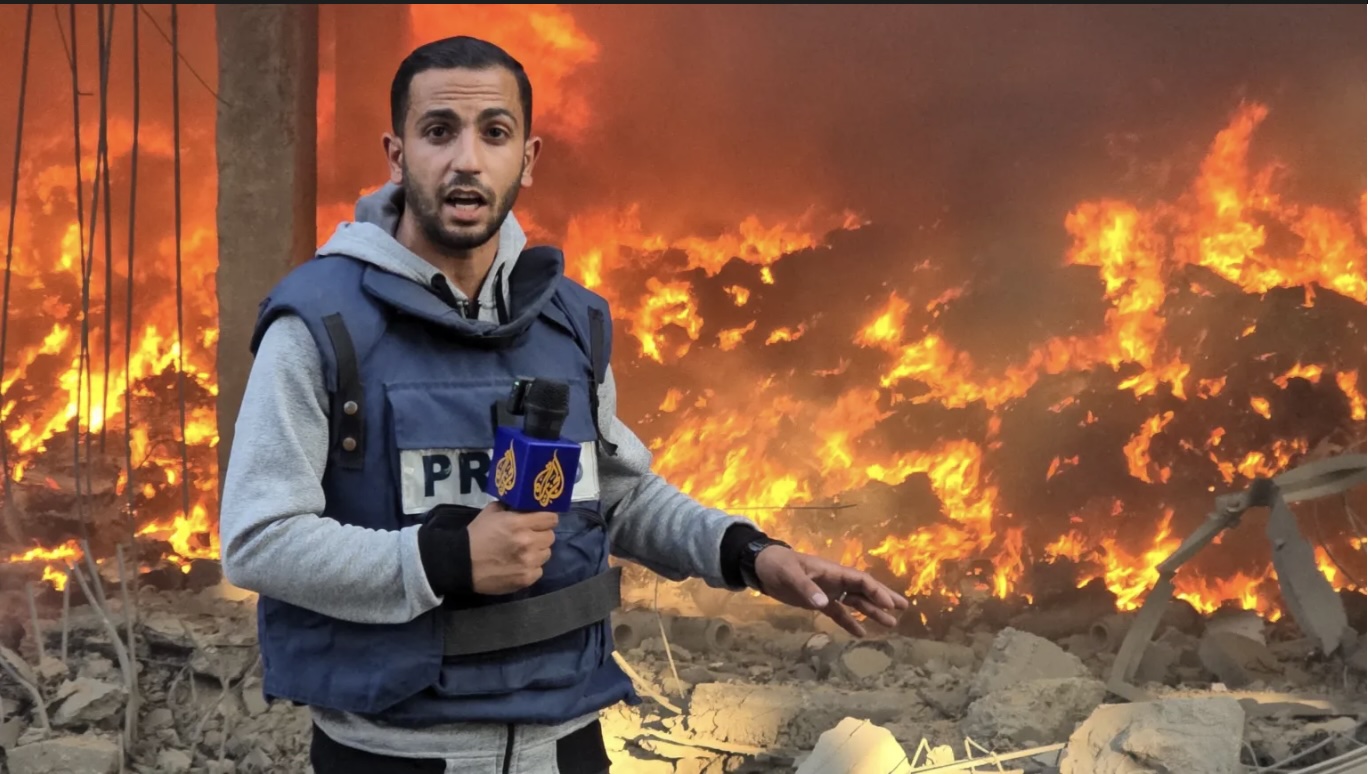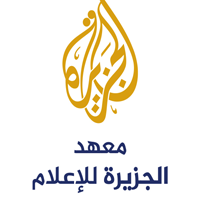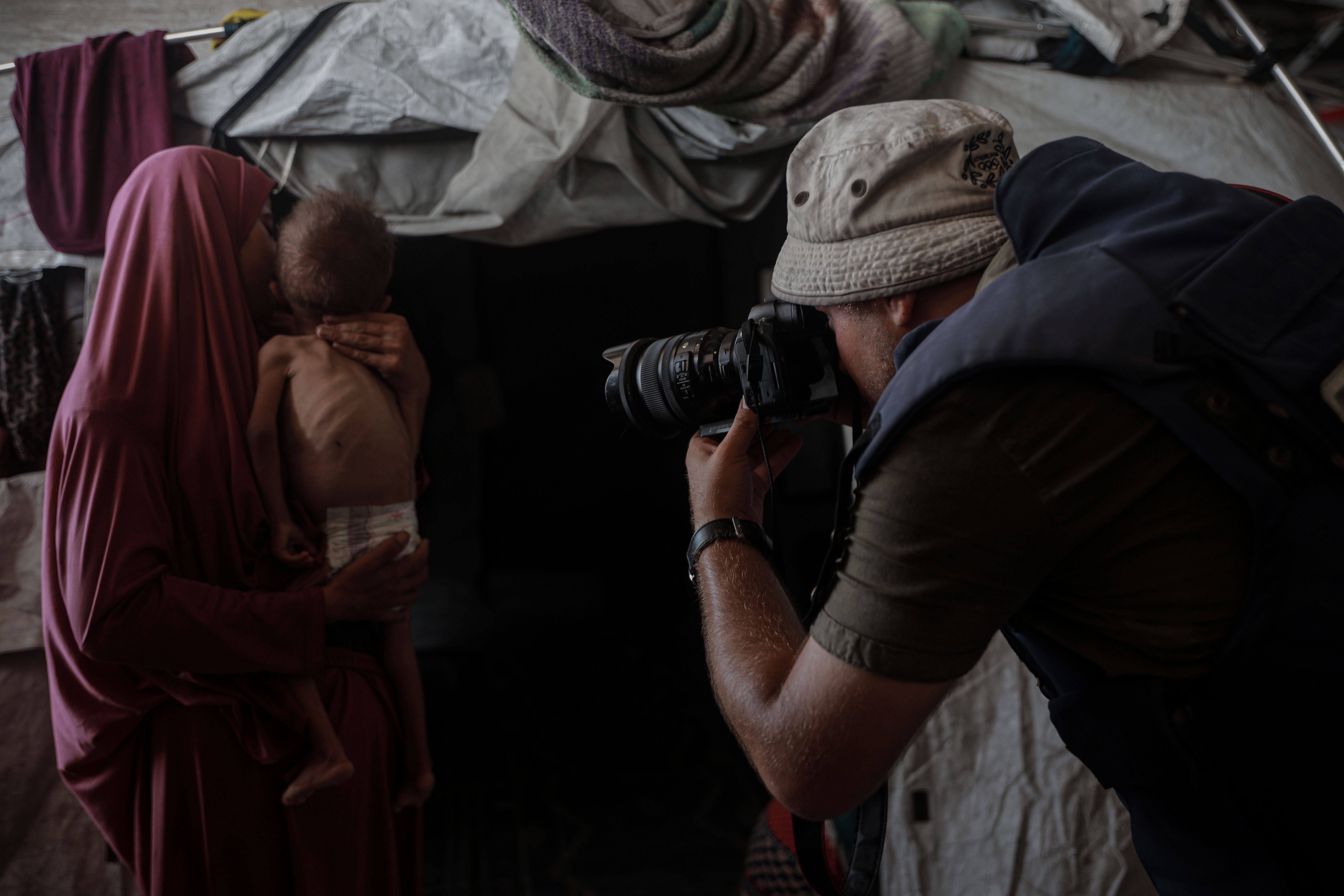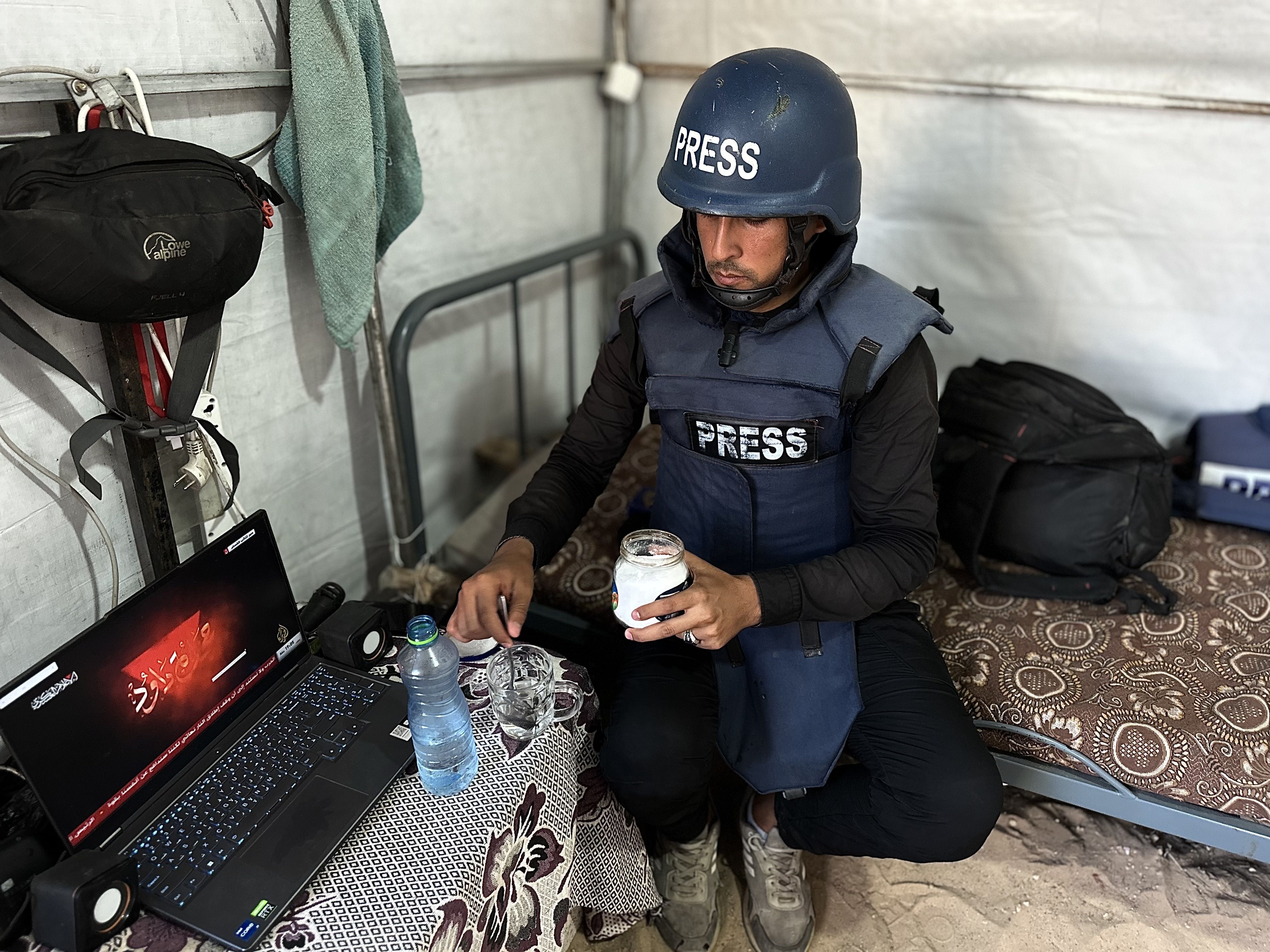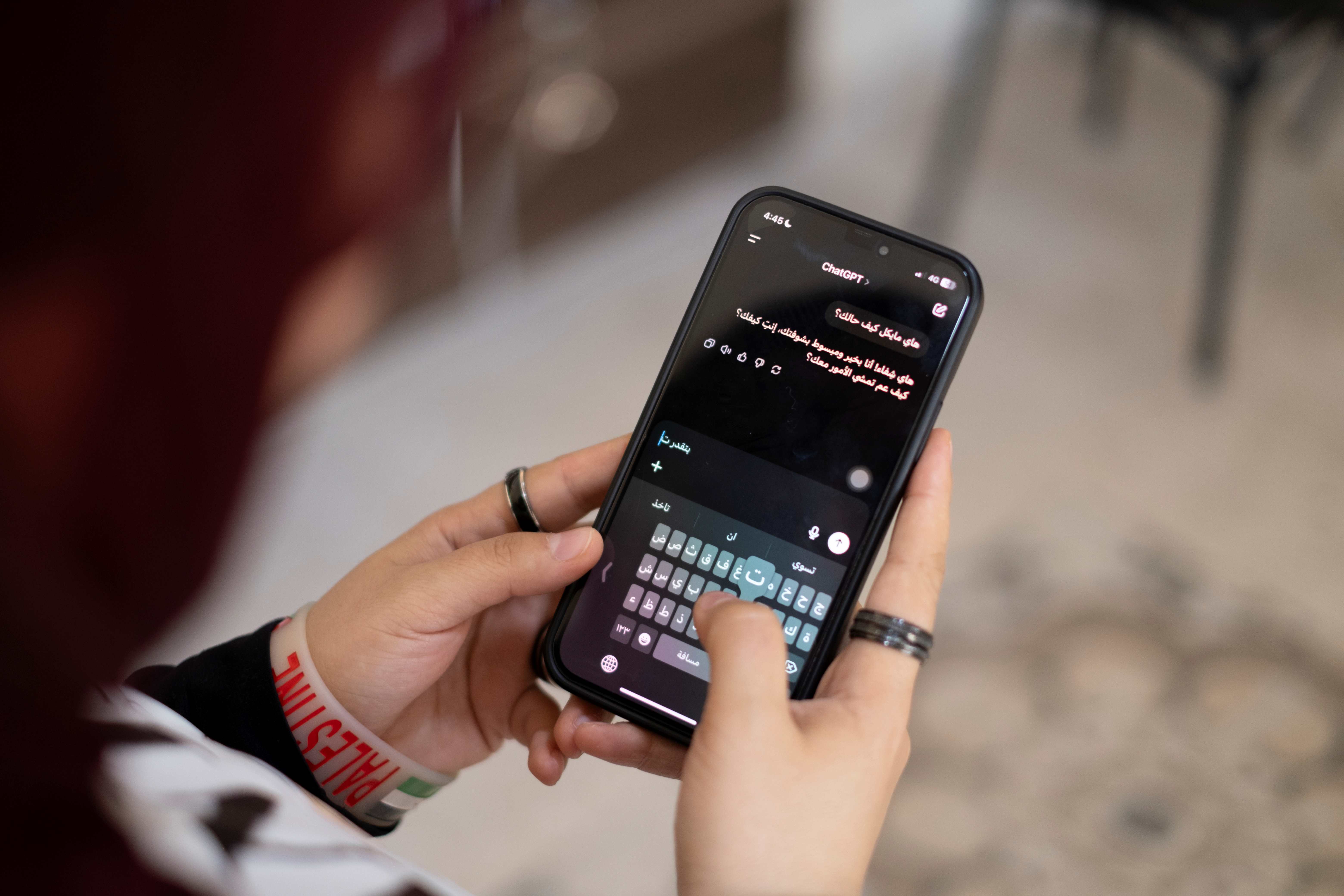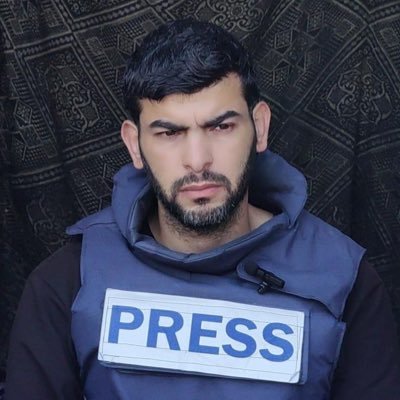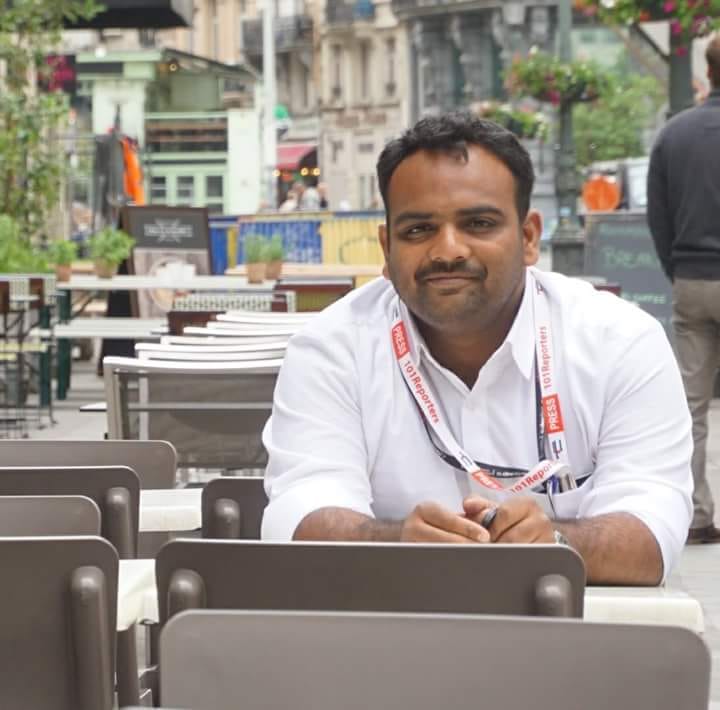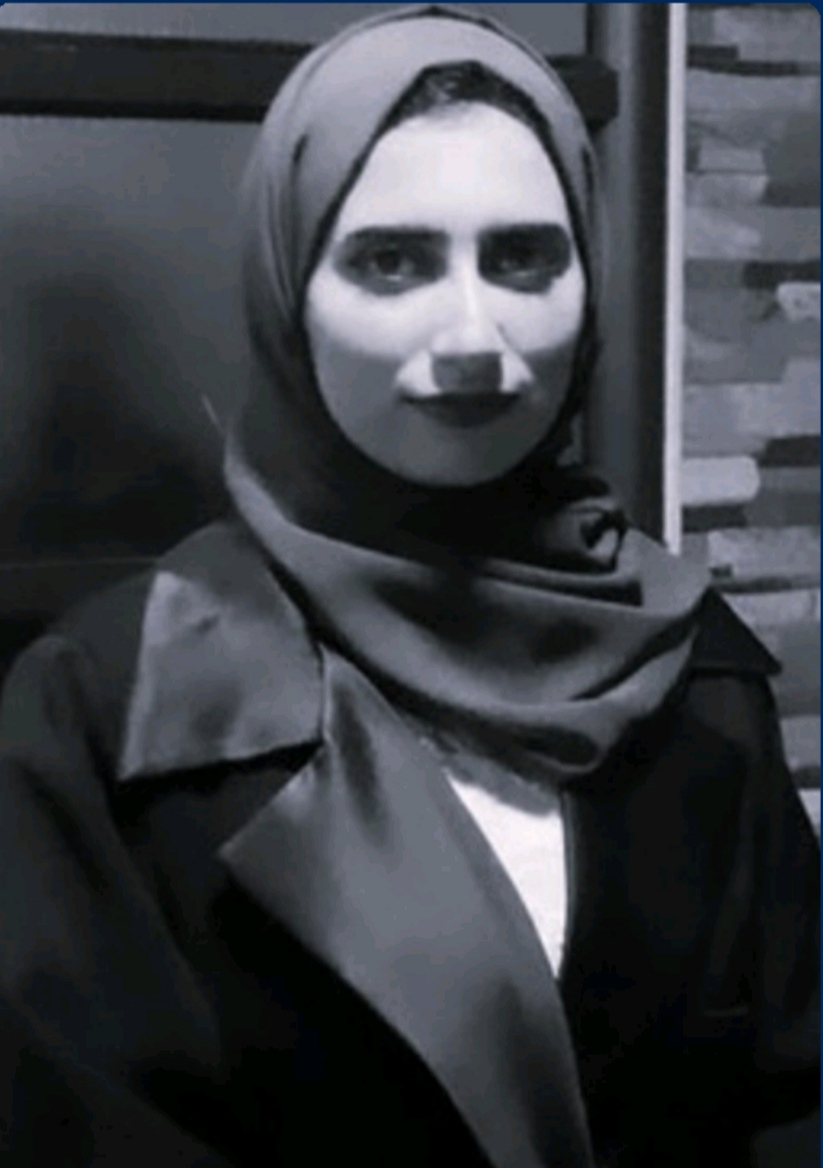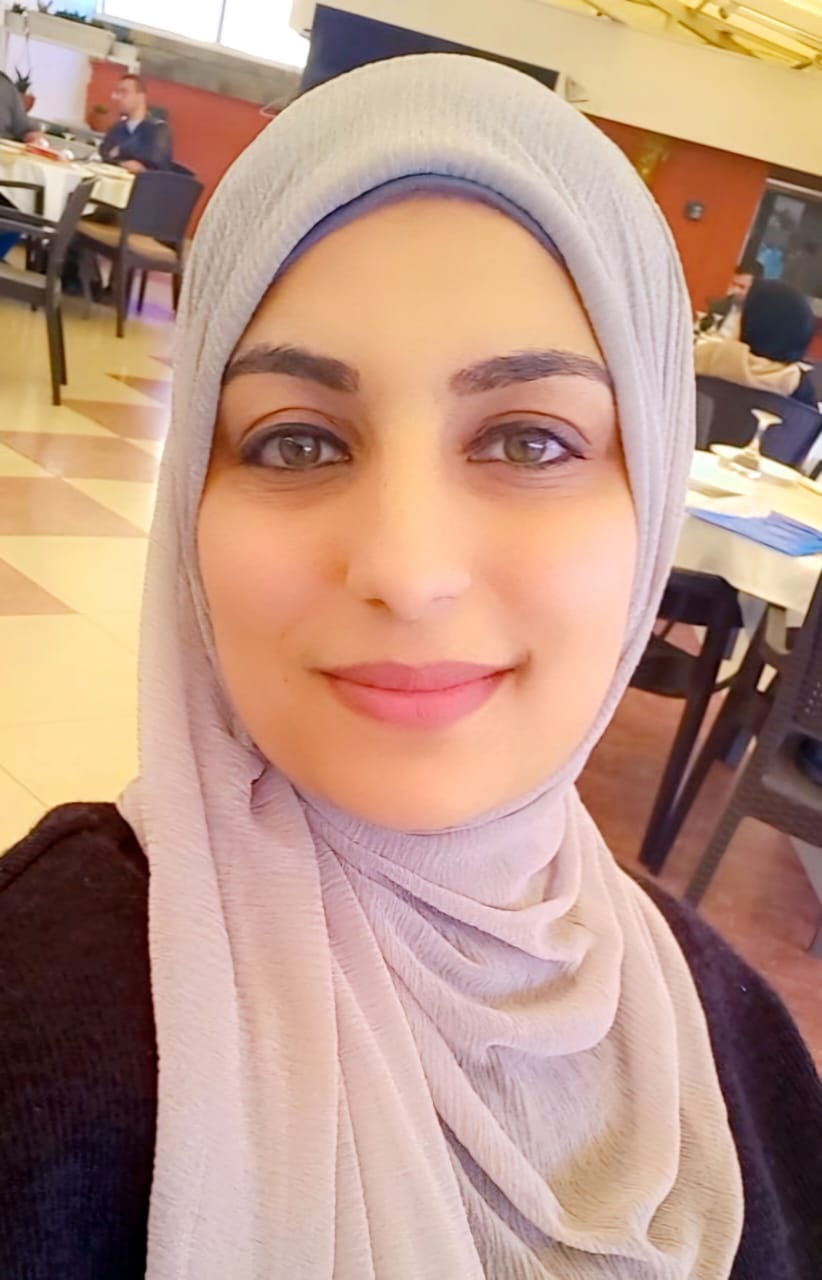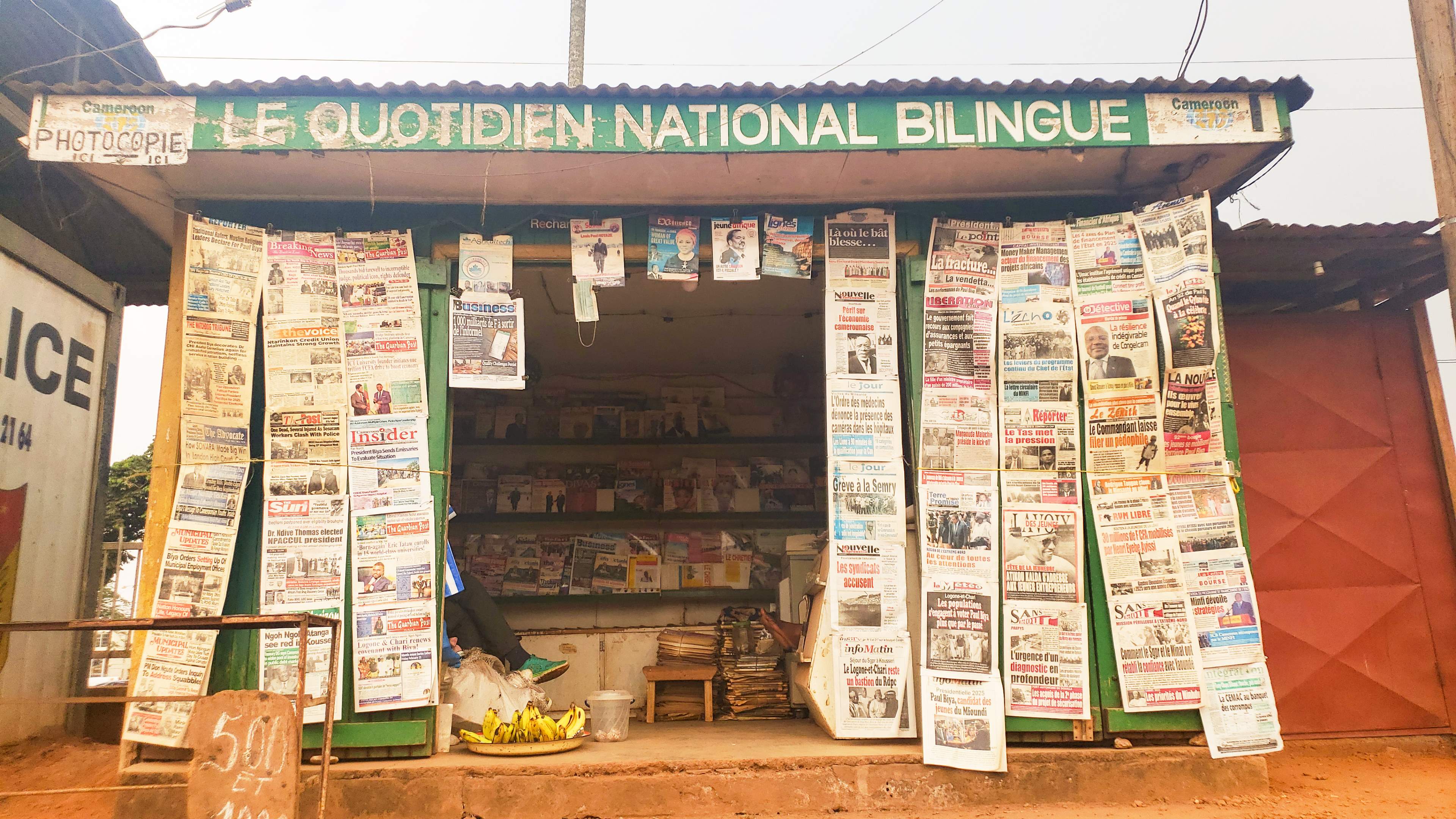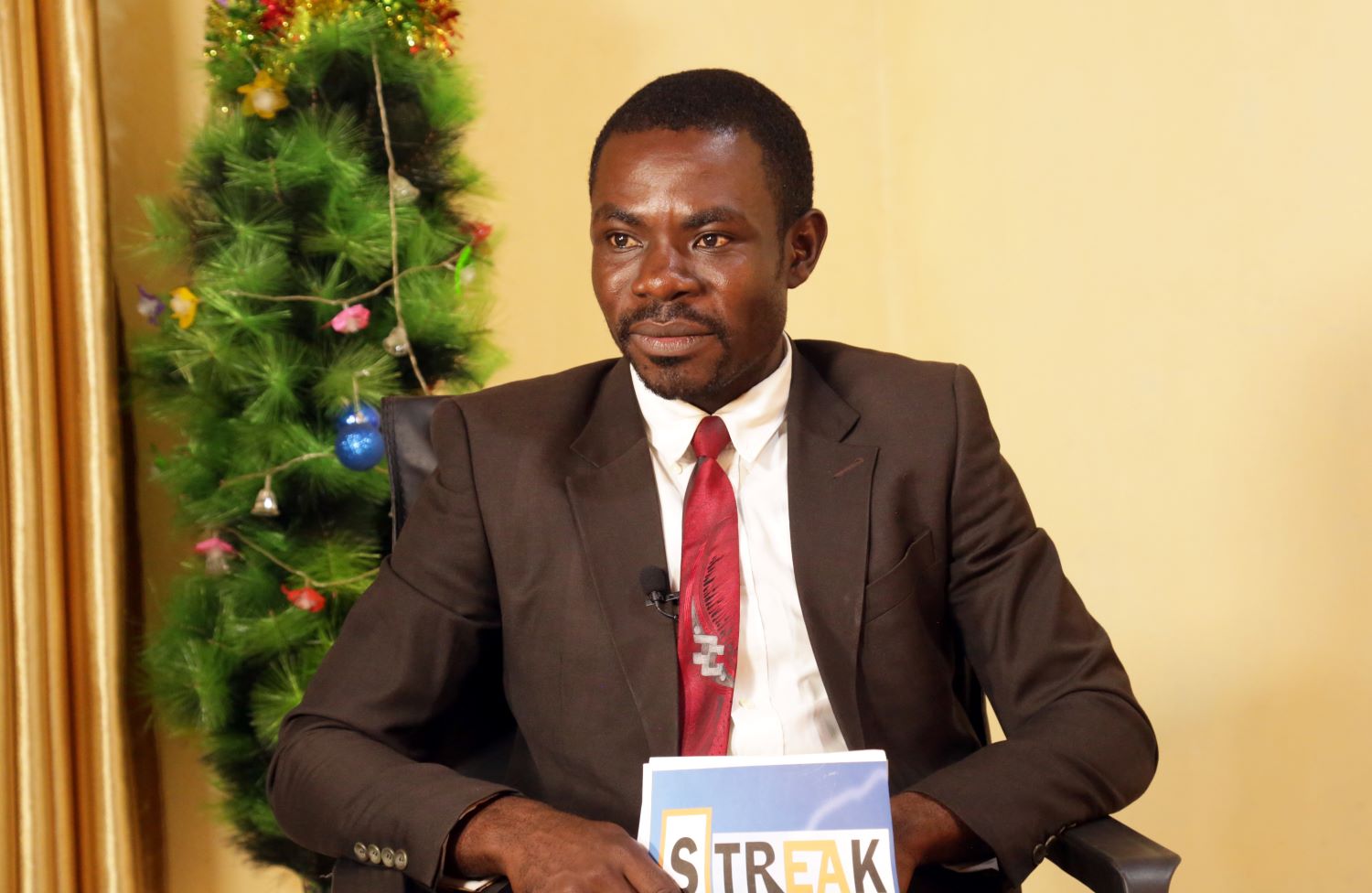منذ بدء انتشار الفضائيات الإخبارية واهتمامها بالفيلم الوثائقي، تردَّد سؤال مستمر: هل يُمكن إدراج ما يُقدَّم من أفلام على هذه القنوات ضمن مفهوم الفيلم الوثائقي، أم هي مجرد تقارير إخبارية طويلة؟
وبعيدا عن تعداد الفروقات بينهما، فإن ما يجمعهما هو تقديم المعلومة، وربما يكمن الفرق في كيفية تقديمها.
قد ينصبُّ تركيز المعلومة في التقرير أكثر على الحدث نفسه، فنتابعه لمعرفة تفاصيله العامة دون الدخول في الجزئيات أو ملاحقة ما وراء الحدث من تفاصيل غير ظاهرة بسهولة، بينما لا يكتفي الفيلم الوثائقي بتقديم المعلومة وإنما ينبش في كافة تفاصيلها، سعيا لتقديم فهم أوسع وأشمل للحدث الذي يمكن تناوله في الأخبار أو في التقارير الصحفية. ولنتفق هنا على أننا لن نتحدث عن الأفلام الموغلة في الرمزية.
مع ذلك، يَعدّ كثير من الباحثين والناقدين في مجال الأفلام أن تسابق القنوات لإنتاج الأفلام الوثائقية التلفزيونية أدى إلى تمييعها، فلم تعد أفلاما وثائقية حقيقية بقدر ما هي مجرد أفلام ذات قوالب فنية ضعيفة لا تختلف عن التقارير الإخبارية إلا في طول المدة. وقد عزز من ذلك اهتمامُ القنوات بالأفلام ذات الطابع الإخباري، أي التي تلاحق أحداثا معينة لتتناولها بشكل أوسع ضمن تغطيتها لهذه الأحداث، وطبعا كجزء من إكمال دوراتها البرامجية والتنويع وكسر الجمود الذي يلف طبيعتها الإخبارية.
وهكذا تهافت المنتجون على تقديم هذا النوع السهل من الأفلام دون الانتباه إن كانت تحوي جميع عناصر الفيلم الوثائقي إلى جانب الفن والإبداع، مما أدى إلى إفراغ هذه الأفلام من محتواها الفني وتسطيحها حتى وإن كان فيها الكثير من الجماليات البصرية المنفردة، والتي صار تنفيذها سهلا في عصر الرقمية وتطور الكاميرات والمونتاج، لكنها تفتقد إلى بناء بصري وموضوعي، وأيضا إلى تشكيل العلاقات والروابط داخل الفيلم.
ومما يحوّل الفيلم إلى مجرد تقرير إخباري هو تناول القصص كملفات عامة يتم النقاش حولها بالاعتماد على وجود شخصيات تتحدث حول الموضوع، يتخلل ذلك بعض اللقطات لتعبئة الفراغات دون تشكيل للروابط الفنية بينها، لتبدو في النهاية أشبه بالكتاب الغني بالصور والوثائق.
وكان لطبيعة المواضيع التي تهتم بها القنوات دور كبير فيما سبق، وكثيرا ما تعتمد على تناول أي موضوع بالسرد العام والتحليل، دون الاهتمام بالغوص أكثر في الواقع نفسه وما يخفيه من أمور لن تنقلها الأخبار.
ولكن بمرور السنوات والتطور الذي حدث كنتاج طبيعي مع تزايد الخبرة والاهتمام بهذا النوع من الأفلام، فضلا عن انتشار ما يعرف بالأفلام المستقلة المنافسة لتلك المُنتَجة من قبل المؤسسات والقنوات، زاد الحرص أكثر على التنويع في الأدوات الفنية لصناعتها، وزاد التنافس بين صُنَّاعها لتقديم الأفضل.
وبدأت القنوات والجهات الإنتاجية تدرك عدم جدوى العمل على هذه الأفلام لمجرد تعبئة الدورات البرامحية وللتدليل على توسع تغطياتها الإخبارية، خصوصا في ظل المبالغ التي تُصرف على الإنتاج، فكان لزاما عليها أن تسعى للتطوير وأن تحاول تقديم أفلام وثائقية ذات مستوى عال ومتميز تحقق ردود الفعل والأصداء التي تتجاوز حدود الاهتمامات المؤقتة.
كما تعتبر السرعة من بين إشكاليات صناعة الأفلام الوثائقية، فعادة يريد القائمون على القنوات الإخبارية تقديم الأفلام التي تتتبّع أحداثا جارية في أسرع وقت ممكن، وهو ما يطرح التساؤل حول المساحة التي يمكن أن يتمتع بها صناع الفيلم الوثائقي لتقديم ما هو مقبول إعلاميا وسهل الوصول إلى المشاهد، وبعيدا عن الغوص في الذاتية وتقديم رؤى فنية تحتاج إلى وقت طويل للتنفيذ؟
ويزيد هذا من احتمالات الوقوع في مطب التقرير الإخباري المطول والتقليل من مساحة الحرية لدى المخرج لتشكيل الفيلم كما يجب، خصوصا في مرحلة التصوير، وإن كان يمكن في مثل هذه الحالة التفكير في المونتاج لبناء السرد البصري والموضوعي وخلق الحبكة والتقطيع المناسب ومستوى الإيقاع الفني، وإضافة ما يتاح من لمسات إبداعية ترفع قيمة الفيلم دون الابتعاد عن غايته الأساسية.
ويظل السؤال الصعب في مثل هذا النوع من الأفلام هو: ما الذي سيفعله المخرج إذا استطاع التقاط صور حصرية لحدث ما، أو تفاصيل تظهر لأول مرة على الإعلام، هل يجب عليه إرسالها مباشرة لتعرض كخبر، أم ينتظر كي يوظفها لاحقا في فيلمه لتضيف له عنصر قوة بوجود لقطات غير مسبوقة؟
ليس سهلا الإجابة على هذه الأسئلة، فهي تعتمد على تقدير صُنَّاع الفيلم، وعلى كون هذه اللقطات لا تحتمل تأجيل بثها لأسباب عدة.
ومن التحديات التي كانت تواجه المخرجين، كيفية الخروج من القوالب التي اعتادها المشاهدون للفيلم الوثائقي، فلو أردنا مثلا تناول المعاناة التي يعيشها الفلسطينيون ورحلات العذاب اليومية بسبب المعابر الإسرائيلية التي تضيق عليهم الخناق في تنقلاتهم وسبل عيشهم، فإن ما سيخطر على بال المشاهد هو فيلم يستضيف عددا من الخبراء والمحللين مع متضررين بسبب هذه الحواجز، وتصوير جزء من المعاناة والعمل على منتجتها لتكون أشبه ببرنامج حواري يستضيف عددا من الشخصيات في أماكن مختلفة، يتخلله ما يشبه التقارير القصيرة لقصص من المعاناة اليومية للفلسطينيين.
ولكن المخرج محمد سلامة في فيلمه "معاناة العبور" ضمن برنامج "فلسطين تحت المجهر" الذي يعرض على قناة الجزيرة، حاول بحذر أن يضيف جديدا على أسلوب معالجة الفيلم بالطريقة السابقة، لذا فقد عمل على استحضار شكل المعاناة بالرسوم المتحركة وإن كانت قليلة الظهور في الفيلم، حيث كان يرافق الصورة طوال الفيلم لقطات لفنان يرسم، قبل أن تكتمل الصورة في نهاية الفيلم وتتحول إلى رسمة متحركة. كما عمل على إضافة موسيقية جديدة تتمثل في استخدام مقطوعات لفرقة "حاجز 303" التي تتميز موسيقاها بكونها مزيجا من أصوات طبيعية من واقع الحياة اليومية في فلسطين (مثل أناس يتكلمون في شوارع الضفة عن أحوالهم، هتافات جماهير، مقتطقات من إذاعات محلية)، مع إيقاعات إلكترونية تُوزَّع بما يتناسب مع الفكرة التي يريدون إيصالها من المقطوعة الموسيقية. وقد استطاع سلامة توظيف مقطوعات هذه الفرقة بشكل مميز في الفيلم.
كانت تجربة سلامة أكثر نضجا في الفيلم الذي قدمه بعد ذلك لصالح قناة الجزيرة الوثائقية وكان بعنوان "أبناء المجازر"، فقد ذهب هذا الفيلم عميقا إلى ما وراء المجزرة باستعراض ذاكرة مجموعة من الأشخاص الذين عاشوا المجازر في صغرهم، وقد كان بإمكانه العمل عليه بالشكل التقليدي بأن يكتفي بعرض حديث هؤلاء الأشخاص حول ما يتذكرونه وتأثير هذه الذكريات على حياتهم اليومية، مع اللجوء إلى لقطات أرشيفية حول المجازر. لكنه بدلا من ذلك حاول أن ينقلنا إلى ذاكرتهم وكأننا نرى ما بداخلها، ليس فقط عبر توظيفه للرسومات المتحركة لتوضيح شكل الذكريات، وإنما بالأساس في طريقة التصوير باختياره للأحجام والزوايا وحركات الكاميرا، مع الاهتمام بلحظات الصمت لأبطال فيلمه حينما ينهمكون في التذكر، لنعيش معهم جزءا من معاناتهم لدى استحضارهم هذه الذكريات وما تركته فيهم هذه المجازر من أثر نفسي وجسدي.
وفي فيلم "غزة تعيش" استطاع المخرج أشرف مشهراوي تقديم رؤية إبداعية لنقل صور من الحصار في غزة، وكان بإمكانه تقديم فيلم عادي جدا عن الحصار هناك، والإسهاب في شرح أسبابه والمعاناة التي يتركها على الفلسطينيين، وأن يكرر ما يقال عن هذا الحصار في الأخبار. لكنه فضل أن ينقل شكل الحياة داخل القطاع، وكيف يعيش الناس ويمارسون الفرح والبهجة، وذلك من خلال عدة قصص استطاع تقديمها كلوحات منفصلة وبدون تعليق ولا مداخلات حتى من أصحاب القصص، وإنما ترك الكاميرا ترصد ملامح الحياة في هذه القصص، فنشاهد في الفيلم مجموعة من الصيادين في رحلة صيد يتحدثون فيما بينهم عن واقع الصيد، ونراهم يتسامرون ويغنون، وكذلك الأمر حين نقل لنا جلسة لنساء يصنعن "المفتول" -وهي أكلة شعبية فلسطينية- راصدا الحوارات فيما بينهن، بل والغناء أثناء عملهن.. وهكذا.
ومع نهاية كل لوحة كان يخبرنا بالكتابة على الشاشة عن المعاناة، مثل: واقع الصيد في غزة نتيجة الحصار والمضايقات التي يتعرضون لها من الزوارق الإسرائيلية، وواقع النساء نتيجة الظروف الاقتصادية الصعبة في القطاع بسبب الحصار، ويخبرنا أيضا عن عدد النساء العاملات هناك ومشاركتهن في الإنتاج، وكم عدد الشهيدات منهن في الحرب على غزة عام 2008.
وربما يعكس هذا كيفية الجمع بين الصحافة والفن في الفيلم الوثائقي، بتقديم معلومات مفيدة تصنف ضمن سياق الخبر ويمكن إدراجها في تغطيات إخبارية عن واقع الحصار في غزة، وبنفس الوقت عمل معالجة فنية ذكية لنقل الواقع المغاير الذي يحاول تحدي هذا الحصار بالإصرار على الحياة.
خلاصة القول أن أكثر ما يميز الفيلم عن التقرير ليس في تضمنه معلوماتٍ أكثر، وإنما في قدرته على تقديم هذه المعلومات بأشكال إبداعية مختلفة، وكما يقول المخرج البريطاني جون غريرسون إن الفيلم الوثائقي هو "المعالجة الخلاقة للواقع".
ولو أردنا مثلا تقديم فيلم عن حياة شخص أعمى، فيمكن تقديمه بالطريقة العادية التي تشبه التقارير الإخبارية بإجراء مقابلة معه وتصوير بعض التفاصيل الظاهرة بسهولة للعيان، مثل: كيف يمشي معتمدا على عصاه، وكيف يتحدى واقعه حين نشاهده يقوم بعمله. لكن لو ذهبنا عميقا في هذه التفاصيل، فيمكننا رصد إحساسه بالكثير من الأشياء حوله حتى على مستوى اللمس، وكيفية تنعُّمه بجماليات الحياة التي حُرم منها بسبب بصره، فنبني الحبكة على هذا الأساس، ونحمل المشاهد على تقمص واقع هذا الأعمى.
في الفيلم الإيراني "لون الجنة" للمخرج مجيد مجيدي -وإن كان الفيلم روائيا وليس وثائقيا- قدم المخرج العديد من اللمحات الجمالية والعميقة لكيفة إحساس بطل الفيلم الأعمى -وهو طفل في الثامنة من عمره- بتفاصيل قد تبدو بسيطة، مثل تحسس ملمس ورق الشجر أو حركة الهواء على يده، فما الذي يمنع من ابتكار مثل هذه المعالجات في الأفلام الوثائقية؟
يحتمل الفيلم الوثائقي قدرا كبيرا من الإبداع والخيال في شكل المعالجة وبدون أن يجتزئ من الحقيقة أو يغيّر فيها، فهو يكتسب أهميته من كيفية نقله للواقع وتقديمه للمعلومات.
